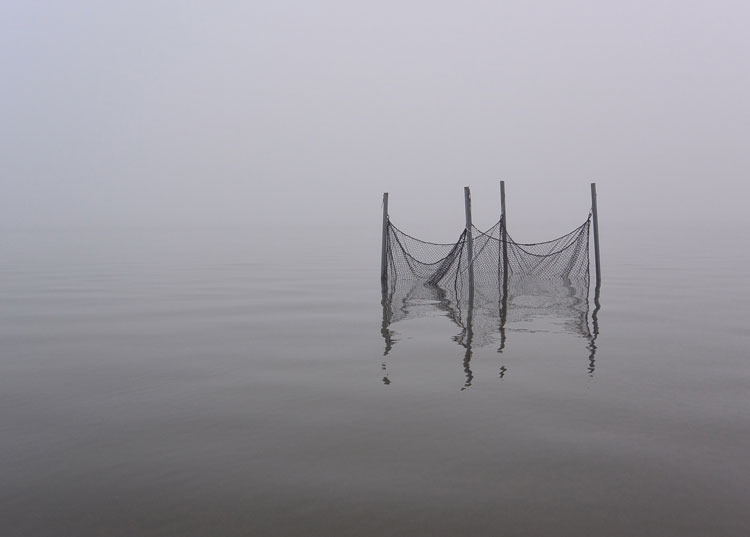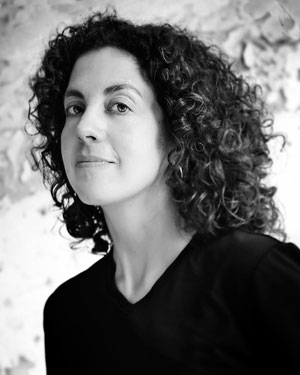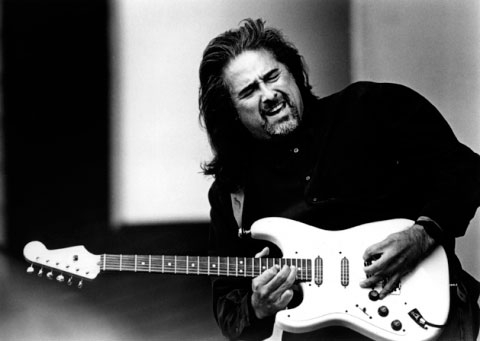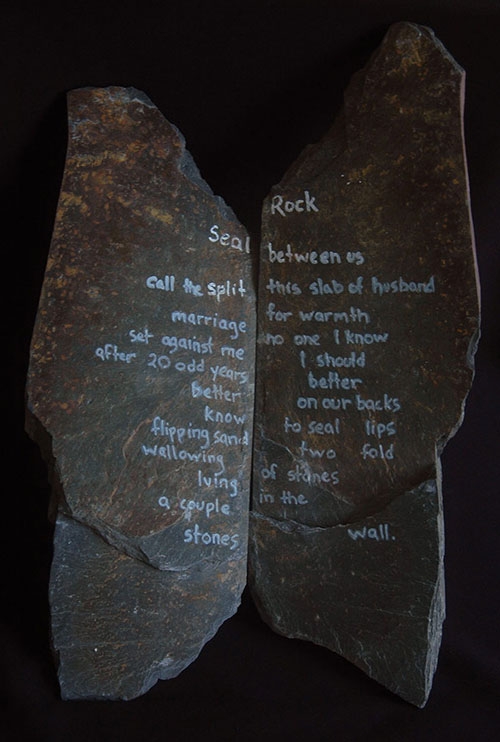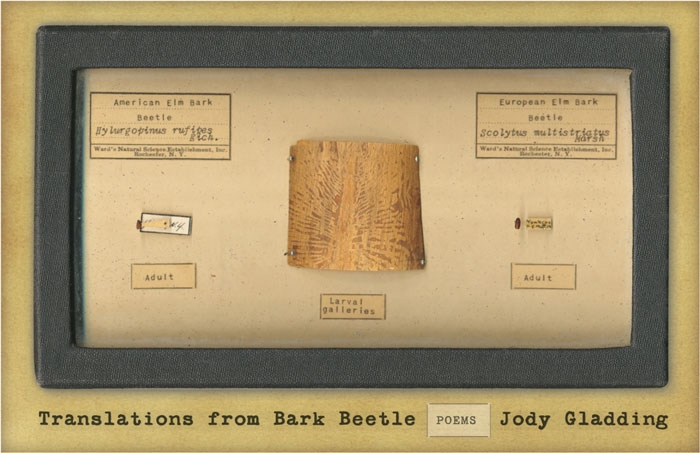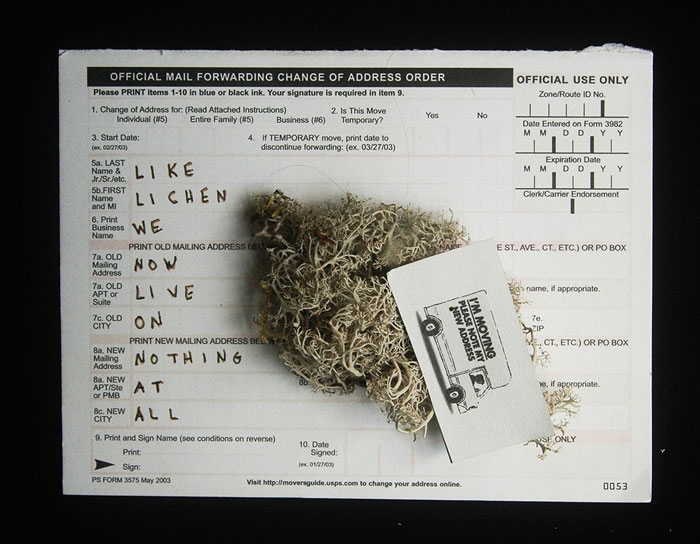Aaron Krochmal’s “Unnatural Histories” exhibit continues at SandBox Studio on Cross St, and it’s a fascinating meditation on how we view our natural environment and the value we place in what we see. Krochmal teaches us that natural historians disavow the dispassionate and calculating eye of the purely scientific observer and instead lead us into the raw aspects and nuances of nature so that we might create its passionate narrative.
“But what of the natural history of today? In a world peppered with human detritus—forgotten afterthoughts reaching even the most distant corners of the map—what becomes of the authors of nature’s biography?,” the Washington College Biology professor asks.
Part of nature’s biography—as written by Aaron Krochmal—is on display at the SandBox Studio throughout November.
In the following video, Krochmal describes his quest.
Find out more about SandBox Inititiative here.
Find SandBox at Facebook: Sandbox Initiative
Videographer, Brian Palmer; Editor, Kelly Parisi Castro



